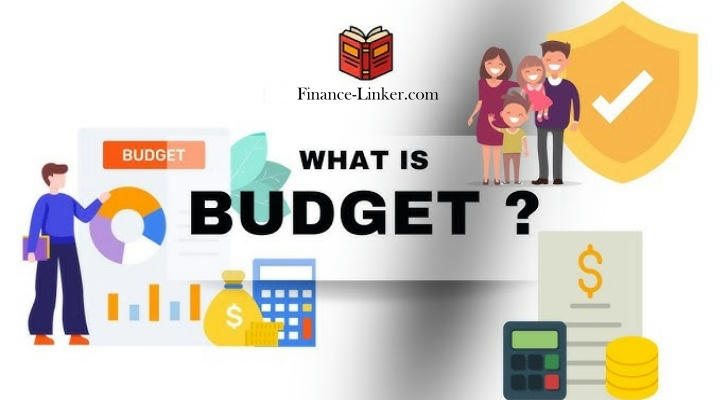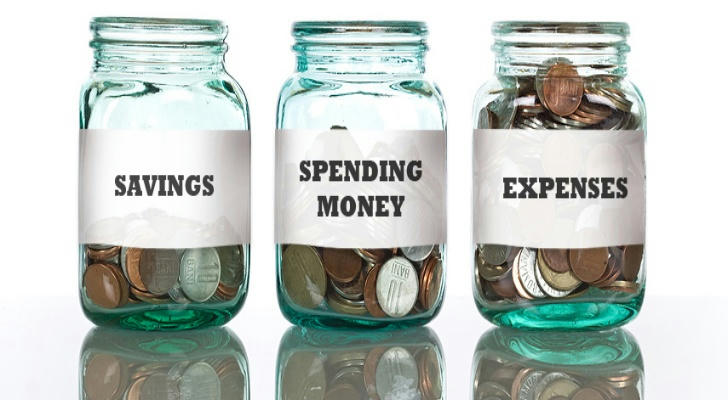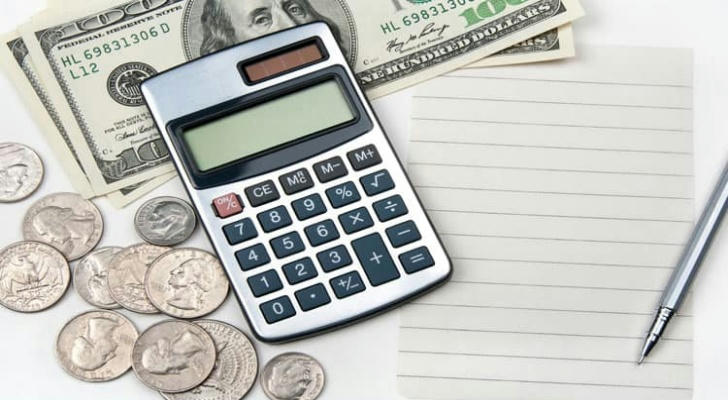The Art of Budgeting: Fun Tools That Actually Make It Easy 📊
Budgeting provides a clear picture of where money goes, helps avoid overspending, and supports long-term goals such as home ownership, education, or travel. More than just crunching numbers, budgeting is about aligning spending with values and priorities.

Why Budgeting Still Matters
According to the Federal Reserve's 2023 Economic Well-Being report, nearly 37% of adults said they could not cover a $400 emergency expense without borrowing or selling something, highlighting the importance of personal budgeting in an uncertain economy. For many individuals and families, managing everyday expenses while preparing for the unexpected can be overwhelming without a clear plan. That’s where budgeting comes in.
At its core, budgeting is not about restriction—it’s about intention. It helps people make informed choices, prioritize needs over wants, and build confidence in financial decisions. A well-structured budget provides clarity, reduces stress, and supports both short-term needs and long-term goals like saving for education, buying a home, or preparing for retirement.
Common Budgeting Myths—Debunked
Despite its benefits, many people hesitate to create a budget because of common misconceptions. Let’s clarify a few:
• “I don’t make enough money to budget.”
Regardless of income level, a budget provides insight into where money goes and helps identify areas to adjust. It’s a powerful tool even for those with modest earnings.
• “Budgeting means I can’t enjoy life.”
A realistic budget includes space for entertainment and personal interests. It’s about making room for joy in a way that doesn’t derail other priorities.
• “Spreadsheets are the only way to budget.”
While traditional methods like spreadsheets still have value, modern tools now offer easier, more interactive ways to track and plan.
• “Budgets are too rigid.”
A good budget is flexible. It can—and should—adapt to life changes like a new job, a move, or unexpected expenses.
Digital Tools That Make Budgeting Simple and Engaging
Today’s budgeting platforms do more than just list expenses. Many use behavioral psychology, smart automation, and intuitive design to help users stick to their plans and understand their habits.
1.Envelope-Based Budgeting Apps
This approach divides income into specific spending categories, mimicking the old cash envelope method—but digitally. When one category runs low, visual indicators or spending blocks act as gentle nudges to stop and reassess. These tools are especially effective for those who struggle with overspending in specific areas.
2.Goal-Oriented Platforms
Some apps allow users to define financial goals—like saving for a down payment or paying off a credit card—and break them into small, trackable tasks. These platforms often include visuals showing progress toward those goals, making the process feel rewarding and structured.
3.Real-Time Alerts and Spending Reports
Tracking apps that provide instant alerts when spending spikes or limits are reached can prevent costly surprises. Weekly summaries and categorized breakdowns show spending patterns that help users make smarter choices going forward.
4.Gamified Budgeting Tools
Gamification—adding elements of play and competition—can turn budgeting into a more enjoyable experience. Some platforms offer badges, progress bars, or even point systems to make progress tangible and motivating. This approach is particularly useful for younger users or anyone who thrives on feedback and challenge.
Offline Methods That Still Work
While digital tools are convenient, some people prefer hands-on methods. These analog systems may be more effective for those who value physical engagement or want a break from screen time.
• Color-coded calendars or planners can help visualize bills, due dates, and payment cycles.- Bullet journaling, which combines artistic layouts with practical lists, allows for customized financial tracking and reflection.- Cash stuffing systems—physically dividing cash into envelopes for different purposes—can create stronger spending awareness.
Each of these methods reinforces mindful spending, even without digital assistance.

How to Build a Budgeting Habit That Lasts
A budget only works if it’s used consistently. That means developing habits that are easy to maintain over time. Here are a few strategies to support long-term success:
• Start small and focused.
Instead of tracking every single dollar from the beginning, start with three or four key categories—such as groceries, transportation, and housing—and expand as you go.
• Review weekly.
Set aside 15–30 minutes each week to check in on spending, update your records, and adjust if needed. Regular check-ins reduce the likelihood of falling off track.
• Celebrate small wins.
Whether it's staying within budget for dining out or reducing utility costs, acknowledging progress helps build confidence and motivation.
• Use automation wisely.
Many budgeting apps allow automatic transfers to savings, scheduled bill payments, and categorized expense tracking. These features reduce the effort required to stick with the plan.
• Stay flexible.
Life is unpredictable. A budget should evolve to match new goals, emergencies, or shifts in income. Adjusting is not failing—it’s part of the process.
Budgeting for Different Lifestyles
There’s no single way to budget. What works for a college student may not suit a family of four. Tools and techniques should match the user’s stage in life, financial goals, and spending habits.
• Young professionals might prioritize student loan repayment, rent, and building emergency savings.
• Families often focus on recurring household expenses, child-related costs, and long-term planning.
• Retirees may budget around fixed incomes and healthcare considerations.
Customizing the budgeting approach ensures relevance and sustainability.

Final Thoughts
Budgeting doesn’t need to feel like a burden. With the right tools and a mindset focused on progress rather than perfection, it becomes a powerful way to take control of financial well-being. Whether through colorful planners, data-driven apps, or simple envelopes, budgeting is now more accessible, engaging, and impactful than ever.
It’s not about how much someone earns—it’s about how that money is used. And with today’s tools, everyone has the chance to manage their finances with clarity and confidence.
